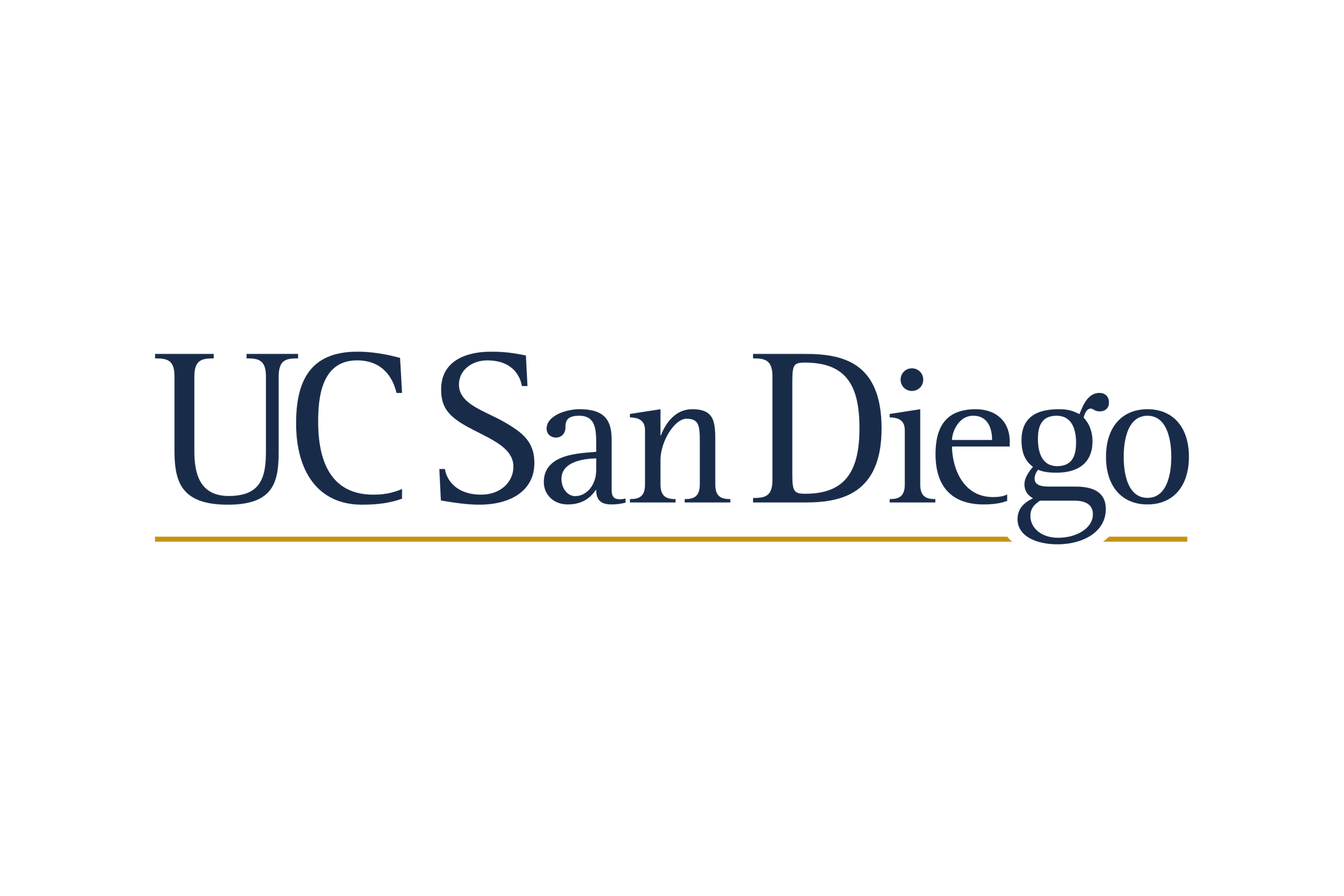Teaching Philosophy
I resonate most with a sociocultural perspective of teaching and learning.
As a teacher, mentor, and curriculum designer, I am guided by the tenets of Cultural Historical Activity Theory (Engeström, 1999) and the Four-Frame Model (Bolman & Deal, 2008).
I believe that teaching and learning starts with the development of a relationship. The process of how teachers teach and how learners learn are influenced by the environment.
What impacts this relationship?
Culture, norms, practices, and values of the environment
Distribution of roles and power within the community
Resources and knowledge that can accessed
I have ten years of experience teaching in various capacities and developing relationships with students of all ages.
I have taught and developed curriculum for:
Online and in-person learning environments
Synchronous and asynchronous modalities
K-5, college, and adult learners
Examples of Teaching Roles I’ve Held
Lecturer in the Department of Chemistry and Biochemistry for Undergraduates
I served as a lecturer in a joint position between the Department of Chemistry and Biochemistry and Department of Education Studies at UC San Diego.
I taught Foundations of Teaching & Learning Science, which is a course for aspiring science educators in the CalTeach program. The objective is to introduce students to learning theories that have guided science education curriculum and practices.
Since I was the instructor during the COVID-19 pandemic, I used technology to enhance my teaching, including the Canvas Learning Management System, Google Classroom, and Mentimeter. I also implemented various pedagogical innovations and course assignments to promote Project-Based Learning. The two final assignments included development of a mock science lesson and a research paper connecting learning theory and teaching of a scientific concept.
Co-instructor in the College of Education for Pre-Service Teachers
I served as a co-instructor for two secondary science methods courses for SDSU’s College of Education Teaching Credential Program. The objective of the courses were to learn how to develop and facilitate culturally-relevant and justice-oriented science experiences for K-12 students.
I developed two major lessons for the course curriculum. The first was an introduction to teaching science for emerging multilingual students. I collaborated with members of the San Diego Filipino community to create a video explaining the four states of matter in Tagalog. Students were tasked with reflecting on their experiences while watching the video and identifying different teaching techniques (e.g., visual cues, vocabulary etc.) that would be helpful for their future emerging multilingual students.
The second lesson I developed was an exercise to analyze student thinking and brainstorm teacher moves and responses to address scientific misconceptions. We watched a video of a teacher facilitating a science lesson in the classroom, and I paused the video at certain moments so we could reflect and discuss how we might approach certain student responses.
Teaching Apprentice at the Qualcomm Institute for Undergraduates
I served as a teaching apprentice and supporting instructional designer for Qualcomm Institute’s (QI) inaugural QI Learning Academy. The QI Learning Academy is an internship program that brings QI faculty and undergraduate students from different disciplines (e.g., economics, life sciences, engineering, etc.) together to solve real-world problems. The program emphasizes an interdisciplinary approach to learning and problem solving, with the course curriculum focusing on teaching students research methods for studying complex systems (e.g., analyzing gaps and constraints, applying heuristics and analogies).
In my role, I not only had the opportunity to teach course lectures, but I also (1) helped make decisions on what measures to use to evaluate course outcomes, (2) served as an education research expert for the teaching team and suggested evidence-based teaching practices to increase student engagement, and (3) mentored research groups and facilitated conflict-resolution strategies.



